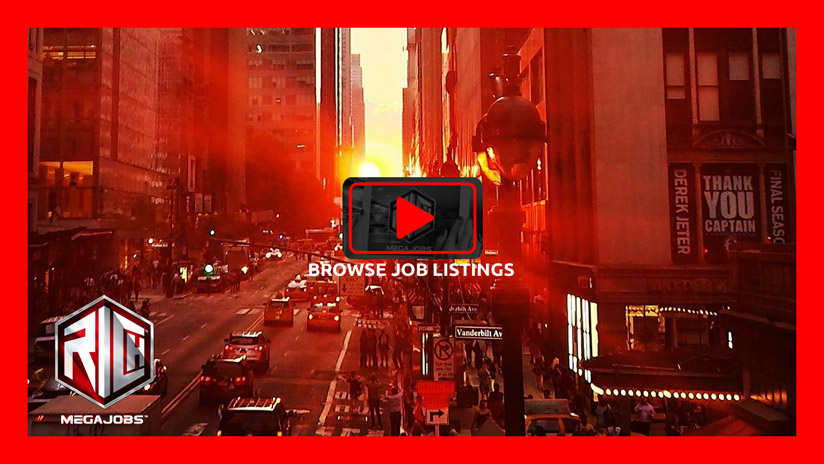Crafting a Personal Portfolio Website with HTML and CSS
Building a Professional Resume Website with HTML and CSS
Designing a Portfolio Resume Site: A Step-by-Step HTML and CSS Guide
Personal Portfolio and Resume Web Design: Mastering HTML and CSS
Developing a Standout Portfolio and Resume Website Using HTML and CSS
Creating a personal portfolio or resume website using HTML and CSS is an essential skill for any web designer or developer. It allows individuals to showcase their work, experience, and skills in a polished and professional manner. Unlike traditional resumes, a well-designed portfolio website can demonstrate your abilities in real-time, offering potential employers or clients an interactive experience. The process of building such a site involves a deep understanding of HTML for structuring content and CSS for styling and layout.
When designing a personal portfolio, the first step is to define the structure of the website. HTML provides the foundation for this, enabling you to organize content into sections like the header, navigation, main content area, and footer. This logical structure ensures that the content is accessible and easy to navigate. It’s important to consider the user experience (UX) during this stage, ensuring that the layout is intuitive and that important information, such as contact details and key projects, is easily accessible.
Once the structure is in place, CSS comes into play to transform the basic HTML framework into a visually appealing design. CSS allows you to add colors, fonts, and spacing that align with your personal or professional brand. A well-thought-out color scheme and typography can significantly impact the site’s look and feel, creating a lasting impression on visitors. Additionally, CSS enables responsive design techniques, ensuring that the portfolio looks great on both desktop and mobile devices.
Building a professional resume website with HTML and CSS also involves attention to detail in terms of content presentation. This includes designing elements such as project showcases, skill charts, and testimonials, which can highlight your capabilities in a dynamic way. By using CSS animations or transitions, you can add subtle effects that enhance the user experience without overwhelming the content. These design choices can help differentiate your portfolio from others, making it memorable and engaging.
Another key aspect of web design is ensuring that the site is accessible to all users, including those with disabilities. This involves using semantic HTML tags, providing alt text for images, and ensuring that the site is navigable via keyboard and screen readers. CSS can be used to enhance accessibility by ensuring good contrast ratios, scalable fonts, and responsive layouts that adapt to different screen sizes and devices. Prioritizing accessibility not only broadens your audience but also demonstrates your commitment to inclusive design.
Finally, the process of developing a standout portfolio and resume website is an ongoing one. As you gain more experience and complete new projects, your site should evolve to reflect your current skills and achievements. Regularly updating the content, experimenting with new design trends, and refining the user experience are crucial to keeping your portfolio relevant and effective. By mastering HTML and CSS, you gain the ability to take full control over your online presence, creating a website that truly represents who you are as a professional.



